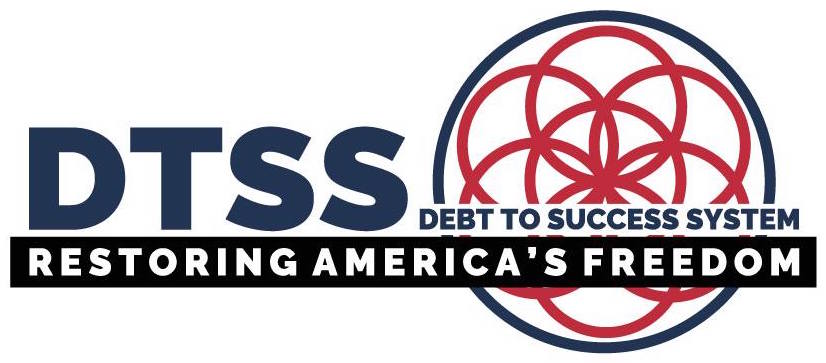
A Dangerous Homeland Security in America
Do Dangerous Homeland Security Policies Offer Any Real Protection to The United States?
Schemes for emergency preparedness and a constant stream of paranoia-induced fear are heavily intertwined in the media efforts of the dangerous Homeland Security department.
Unfortunately, just like the USA Patriot Act, the Homeland Security Department took a name that makes it quite uncomfortable to challenge, or even question, their policies or practices.
The suggestion being, to challenge the “homeland” is to be un-American, just as questioning a “patriot” act is unpatriotic.
The measures and theories of this Department inflict damage to American liberties, and often ask citizens to accept such damages without question.
Such damages do not counterbalance the dangerous homeland security activities taking place.
The first Assistant to the President for Homeland Security, Tom Ridge, was even quoted as saying “Terrorism forces us to make a choice. We can be afraid, or we can be ready.”
Did Mr. Ridge mean that blind complicity is our only defense against the fear of terrorist acts?
How are We Protected?
Interestingly, the damage to American liberties done by Homeland Security policies and actions seem far worse a threat than those they are aiming to prevent.
While the terrorist acts of 9/11 were horrific and catastrophic, they did not remove long-held freedoms and rights from a single American.
Following the introduction of the Department, Ridge and his new agency went on to demonstrate and itemize exactly what it takes to “be ready.”
Fundamentally the Department requires citizens to accept a loss of their Constitutional liberties in exchange for a new form of “security.”
Cooperative Americans will have to accept a loss of privacy in order to protect the nation; they will have to forgo many of their rights provided by the First, Fourth and Fifth Amendments, all to ensure security.
Clearly, such dangerous homeland security policies don’t protect ports, computer networks, or transportation systems.
Recommendations have run from the utterly nonsensical to the panic inducing.
Stores would sell out of duct tape after widespread press releases about preparedness in the face of dirty bombs and nuclear waste.
Color coded warnings would be discussed on news broadcasts in the same manner as daily weather forecasts, “conditions are at yellow today…”
Many question what, exactly, the Department of Homeland Security actually protects, when it is so painfully clear that even ports, harbors and borders have yet to be secured.
How Dangerous is the Dangerous Homeland Security?
The structure of the Department of Homeland Security would eventually absorb many military and governmental agencies and come to represent the largest government reorganization in American history since World War II.
The Immigration and Naturalization Service, Coast Guard, Secret Service, and nineteen other agencies were incorporated into this new arena.
Today, everything from the handling of animals and chemicals to the entry of visitors and citizens through the country’s borders, are the province of the hastily developed Department.
The Department has come under scrutiny for working to reduce any barriers to its active investigations by eliminating standing safeguards for employees and citizens alike.
Since its inception in 2001, the Department has been riddled with accusations of ineffectiveness and waste, and has employed programs failing to accurately identify persons of threat from harmless citizens through computerized “profiling.”
This profiling is only done through once illegal methods of acquiring remarkable amounts of private data.
Many wait for explanations or evidence that such dangerous homeland security tactics have greatly, or even mildly, improved security conditions.
The Department has also seen an unprecedented level of employee turnover, with more than 90 top officials vacating their posts between 2001 and 2006.
Can such a vague, disorganized, and uncontrolled Department offer protection from damage to American liberties?
A lack of transparency and oversight, and no distinguishable lines of authority, are a continual issue where many of the Department’s programs and activities have been concerned.
In its daily operations it jeopardizes Constitutional rights and poses immense threats to the privacy of citizens.
As late as December of 2008, the agency was working to reduce or eliminate the inherent damage to American liberties made possible by “fusion centers” of information to be shared between the many law enforcement and departmental agencies.
The Department admitted that this method of information sharing did not provide adequate boundaries, security, and protection to data and private information.
To date, however, the more than forty fusion centers are still receiving their local, state, and federal funding.
The purpose of the organization has been described as a way of “tearing down walls” between law enforcement agencies, but it has also worked to tear down walls that should never be challenged in the first place.
Banking records, corporate secrets, personal information that would otherwise receive complete protection, are all easily accessible to those working under the protective banner of Homeland Security.
In a rush to “protect” Americans from harms inside, outside, and of any other kind, the DHS has implemented very dangerous homeland security.

 My First Amazing Ayahuasca Experience
My First Amazing Ayahuasca Experience  Pine Needle Tea
Pine Needle Tea  The REAL Controllers of Humanity: The Papal Bloodlines
The REAL Controllers of Humanity: The Papal Bloodlines  Is it Global Warming or Cooling?
Is it Global Warming or Cooling?  Gun Rights and Obama Examined
Gun Rights and Obama Examined